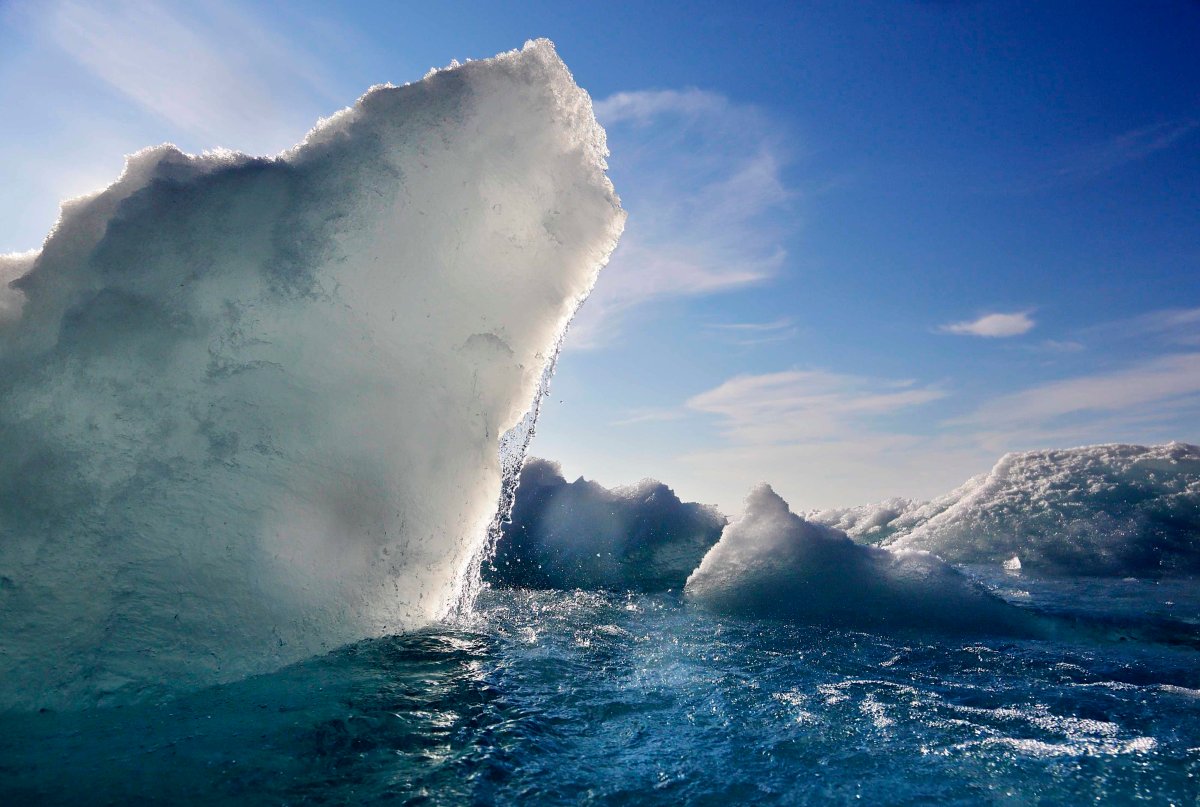A new study suggests long-held estimates of Arctic sea ice thickness and the rate at which it’s declining have been off significantly.

The study from the University of Calgary’s Cryosphere Climate Research Group argues satellite estimates for the thickness of seasonal ice (one-year-old ice) have been overestimated by up to 25 per cent due to the saline properties of snow cover on top of the ice, which affects the accuracy of satellite readings.
As such, Vishnu Nandan and his co-authors believe that sea ice can likely be expected to melt earlier than projected.
The study calls into question measurements provided over the past decade by the European Space Agency’s satellite CryoSat-2.
“It has been assumed by the scientific community that CryoSat-2 can accurately measure the sea ice freeboard, which is the ice we can see above sea level,” Nandan said in a Tuesday news release. “But that ice is covered in snow and the snow is salty close to where the sea ice surface is.”
“The problem is, microwave measurements from satellites don’t penetrate the salty snow very well, so the satellite is not measuring the proper sea ice freeboard and the satellite readings overestimate the thickness of the ice.”
Co-researcher professor John Yackel said the consequences of ice-free summers in the Arctic Ocean would be enormous.
“Such a transition would radically affect global weather patterns and dramatically increase the magnitude and frequency of storm events,” he said. “It would also dramatically alter the Arctic marine ecosystem, with the added sunlight affecting the Arctic Ocean food web and melting the very ice bed on which animals like polar bears hunt.”
The study was published in the academic journal Geophysical Research Letters.
- EV sales in Canada rose in recent years despite higher interest rates. Why?
- 2021 heat dome fuelled by climate change, intensified wildfire risk: study
- B.C. introduces legislation recognizing Haida Gwaii Indigenous title
- Whale experts confident B.C. orca calf will survive, find family if rescue plan succeeds




Comments